The Chesapeake Bay Retriever, often referred to lovingly as the Chessie, is a uniquely American retriever. However, these dogs are quite similar to favorites like the Labrador and Golden Retriever, with a touch more introversion. They can make great family pets for owners that can provide them with a meaningful job. Read on to learn more about the Chesapeake Bay Retriever.
Description of the Chesapeake Bay Retriever
These dogs are known for their distinctive coat. It’s wavy and so waterproof that it can feel oily to the touch. Chessies have lovely color combinations, with coats ranging from sedge to deadgrass to tan. Their amber eyes give them a stunning visage.
The Chesapeake Bay Retriever has a graceful and classic build. Their squat structure can show off their sturdiness, but doesn’t hint at their true grace. They have the technicality and balance needed of gun dogs. Of course, they’re also sublime swimmers. They even have webbed toes!
This breed was curated by duck fanatics on the Chesapeake Bay. They’re a mix of many breeds, including Newfoundlands and Irish Water Spaniels.
Life Expectancy and Size
The Chessie generally lives between 10 and 13 years.
These dogs are medium to large in size, although males are at the higher end of the spectrum. Most Chessies stand between 21 and 26 inches at the shoulder, and weigh 55 to 85 pounds.
Protective Ability
This breed is not known for its guarding capacity. However, they are better watchdogs than most other retrievers like the overly loving Golden Retriever. Many create deep bonds with their owners, and can be quite protective. Most Chessies are somewhat reserved with strangers, and will need to be socialized to turn into well-mannered adults.
Training
The Chesapeake Bay Retriever is job-oriented and intelligent. Just make sure to give these dogs a reason to listen by rewarding them for good behavior. Many of Chessies go on to perform important tasks as bomb dogs, search-and rescue operatives, and therapy companions.
It is smart to approach everything like a job with the Chessie. Be clear with commands and limit repetition so that they don’t become too bored.
Make sure to approach the Chessie’s training with positivity. Base the this dog’s training in reward and relationship methods.
Energy Level
As adults, Chessies are high energy and require adequate exercise to stay happy and fit. They really need a job to keep them happy; a life as a couch potato simply won’t do. However, when given a mission, they’re calm enough to make good family pets.
What Living with a Chesapeake Bay Retriever is Like
The Chesapeake Bay Retriever is always ready to play or work when they’re on the go. However, they’re usually loving and calm at home. This breed is a good choice for active owners or those with children. In fact, Chessies are widely praised for their abilities with children.
Chessies can adapt to a variety of environments, although they should have at least some access to the outdoors. Although they’re generally good with other pets, they’re best with the ones they know. Some Chessies display a territorial attitude. They are more reserved with strangers than most retrievers.
Care of the Chesapeake Bay Retriever
These dogs need adequate exercise. Otherwise, they’re quite easy to manage.
Environmental Needs
The Chesapeake Bay Retriever was bred for the frigid waters of their homeland. Equipped with weather and waterproof coats, they are fully endowed to thrive in the harshest of climates. Today, they can fit well into most environments, both hot and cold. They love the outdoors and should always have access to it.
Exercise Needs
It really is essential to provide these dogs with a job. They thrive in canine sports and also perform admirably in many important careers. This breed finds purpose sniffing for bombs or providing companionship for those in need of service animals.
These dogs make great companions for athletic owners, too. They can keep up with runners or bikers. Of course, they would make great hunting dogs. Many Chessies love to swim and will be happy to live by the water.
Shedding and Grooming
Despite the look of this breed’s wavy coat, it requires very little maintenance. Brushing a couple times a week can help catch loose hair. Chessies are moderate to heavy shedders.
Only occasional baths are needed. Of course, regular care for the nails, teeth, and ears are necessary.
Ideal Home Environment
This breed is great for families or active owners. They are particularly lovely with kids.
Ideally, the Chessie will have an owner that wants to join in the fun of exercise. This could be accomplished by taking him for hikes and runs or providing a true job like hunting or search and rescue. This dog will do particularly well when he is allowed to play outside.
These social dogs should always have plenty of interaction with their family. Otherwise, they can become bored or destructive.
Health Concerns
Chessies have few specific health concerns. Many retrievers have trouble with their joints, and this breed can have special trouble with their hips later in life. Eye problems also often develop as these dogs age.
Working with a responsible breeder and maintaining the Chessies fitness are both key factors to helping them live long and meaningful lives.
Behavior Problems
Some Chesapeake Bay Retrievers can be mouthy, especially when young. This means that they often chew on objects that you’d rather stay intact. Providing chew toys as well as early obedience classes can help.
Some individuals are territorial. Early socialization can help these dogs become friendly, well-adjusted adults.

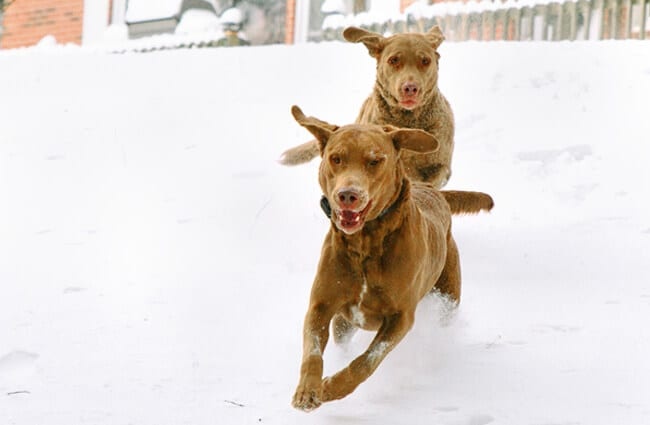


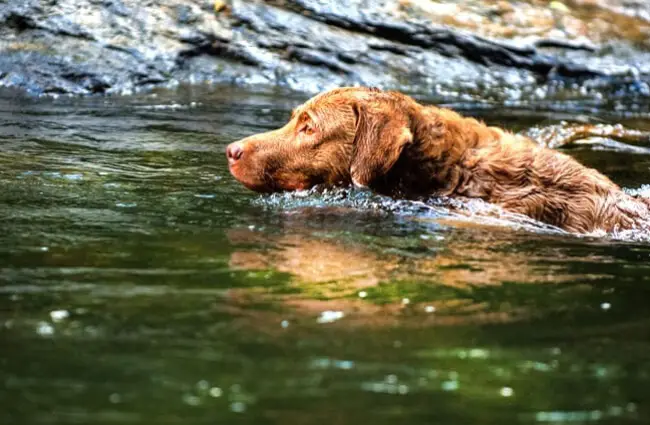
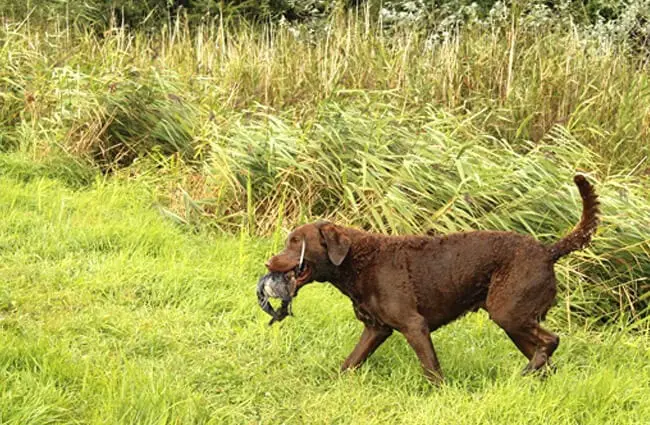
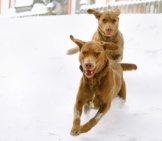
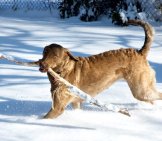
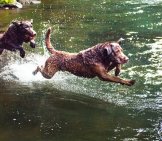
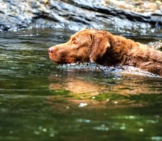
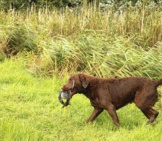













![Red Angus Closeup of a beautiful Red Angus cowPhoto by: U.S. Department of Agriculture [pubic domain]https://creativecommons.org/licenses/by/2.0/](https://animals.net/wp-content/uploads/2020/03/Red-Angus-4-100x75.jpg)

